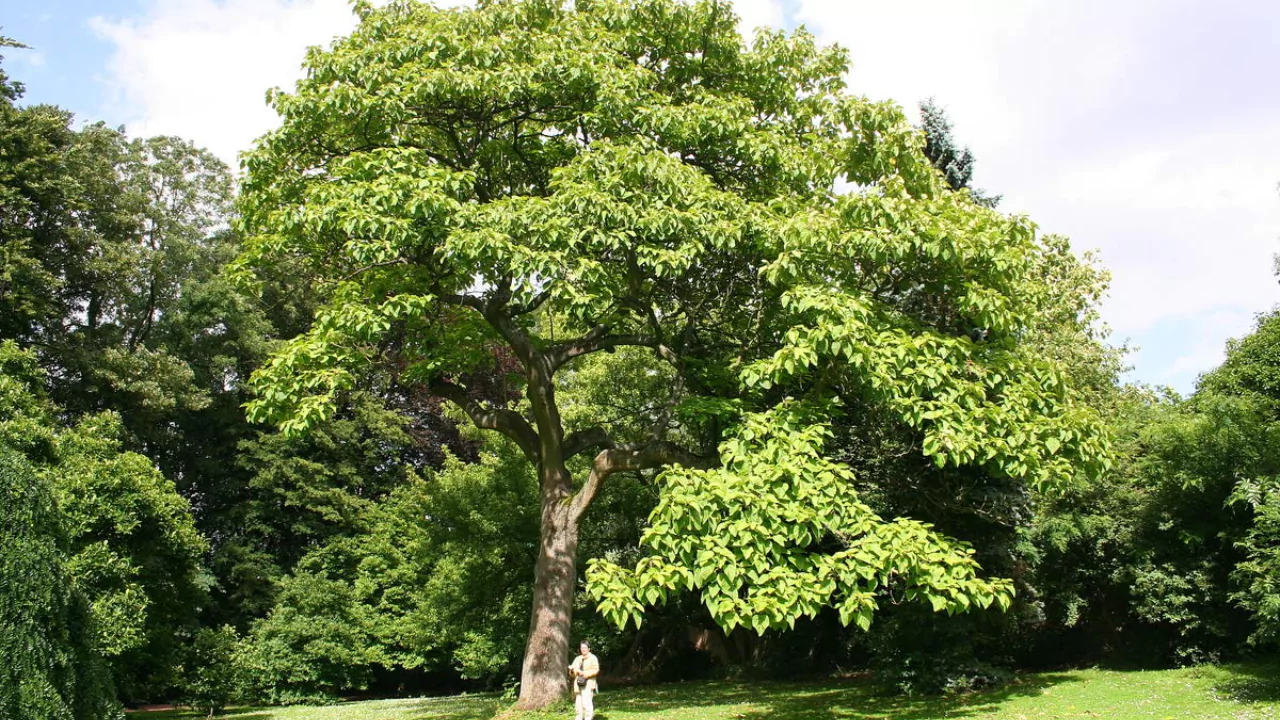
Which part of your garden do you find most challenging to design?
It is likely the woodland garden situated under shade trees, as most people encounter these issues:
- There is rarely sufficient sunlight in the morning hours.
- If any forest grass does grow in that region, it can be quite troublesome to reach with a lawnmower.
- The canopy formed by tall trees blocks a considerable amount of precipitation from reaching the ground.
- Tree roots compete with surrounding plants for limited water and nutrients in the shady regions.
Creating a Successful Shade Garden
The crops you choose to grow under dense shade in your garden will flourish if you:
- Whenever possible, plant your shrubs and perennials while planting the trees or shortly thereafter. Some trees have roots lying close to the surface even as they mature. Adding new plants later on, like coral bells, can damage their roots.
- Choose native plants. These will thrive as understory plants too.
- Reduce competition for water through mulch ring systems.
- Install a drip system to supplement rainwater.
- Trim low hanging branches from your tree. The shaded garden becomes more accessible, and fully-shaded plants are exposed to a touch more sunlight, enhancing growth potential.
- Avoid constructing raised beds beneath trees for new plant additions, as this may be detrimental for tree health due to surface roots requiring oxygen.
- For each shade plant, dig individual holes and incorporate compost into them.
What Plants Do Best in Shade?
The last thing someone wants is to use shady areas in gardens as waste spaces without using them well, so one must know so called best candidates before starting such projects like segments of gardens located next to walls or fences where there is little sunshine such as coral bells.
Most full-shade plants as well as trees appear visually harmonious and mutually supportive.
Although there are numerous options, plants for the shade can be organized into five major groups:
1. Shade Loving Shrubs
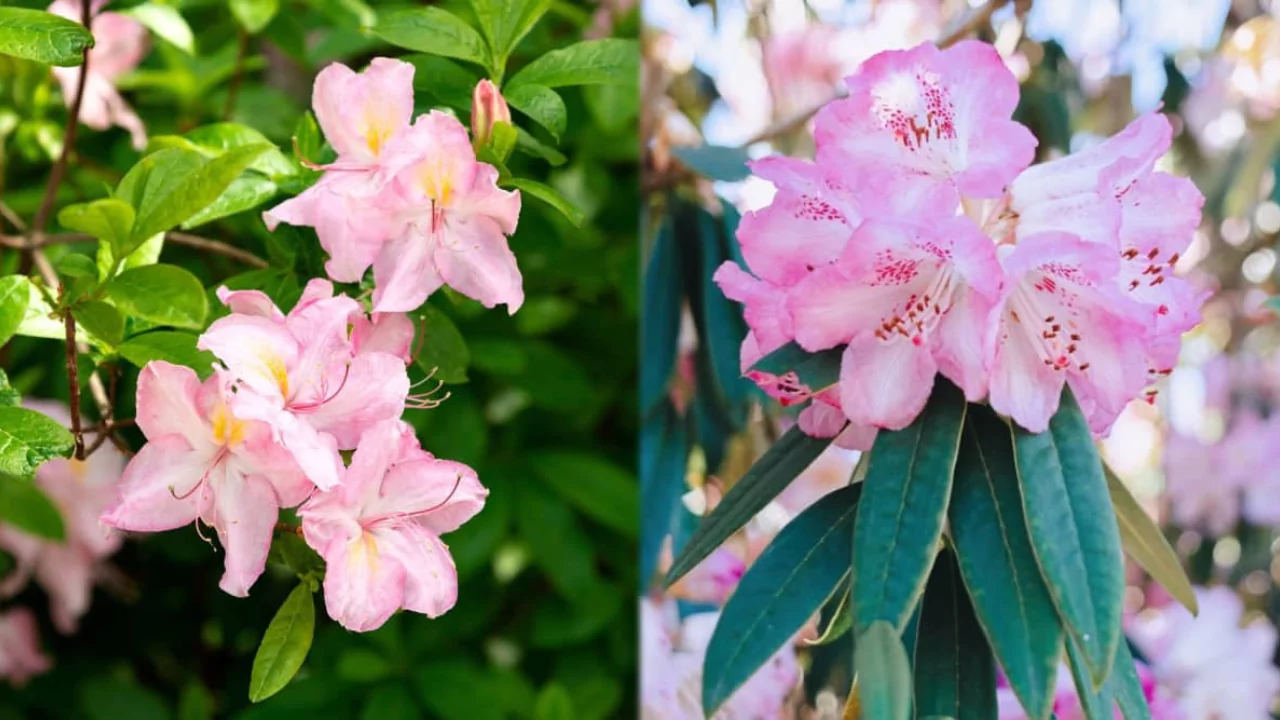
Azaleas and Rhododendrons
Situated within USDA zones six to nine, these shrubs flourish in acidic soils with a pH niche of 4.4 to 6.0. Azaleas specifically require constant moisture to sustain their leaves.
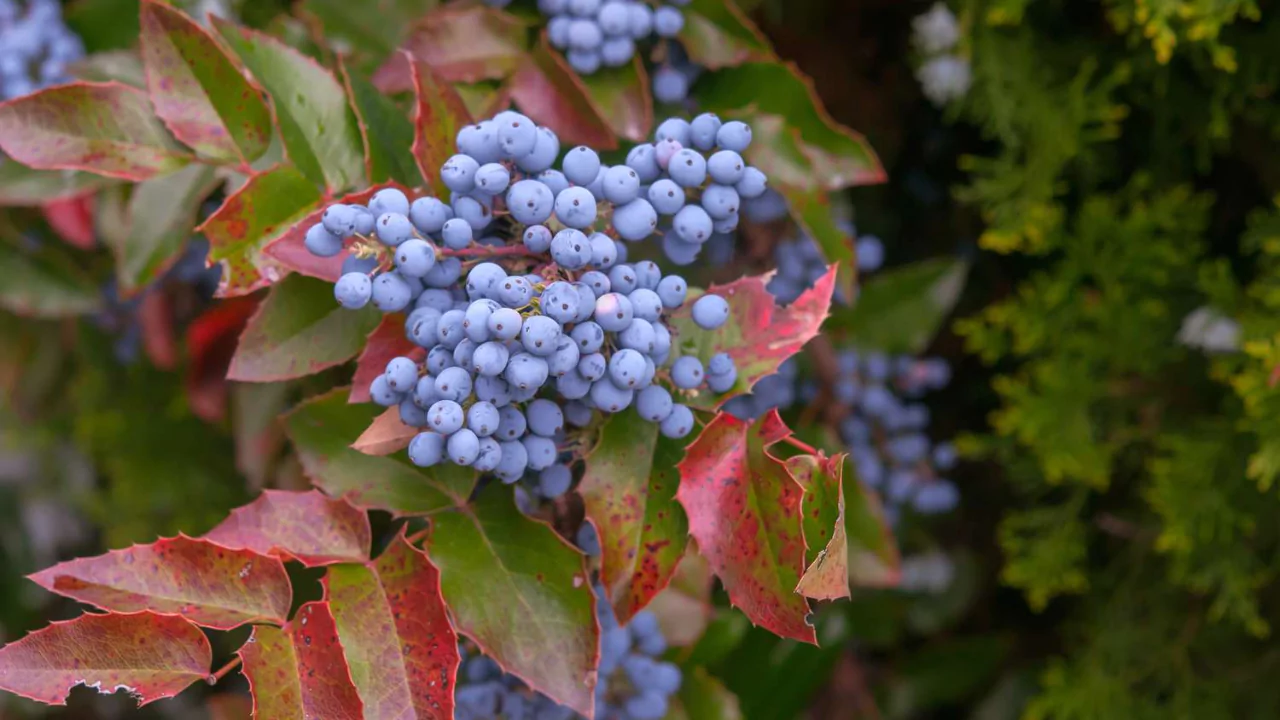
Oregon Grape Holly
This plant is both drought hardy and available as an upright shrub or trailing form – the latter of which is particularly ornamental in a garden.
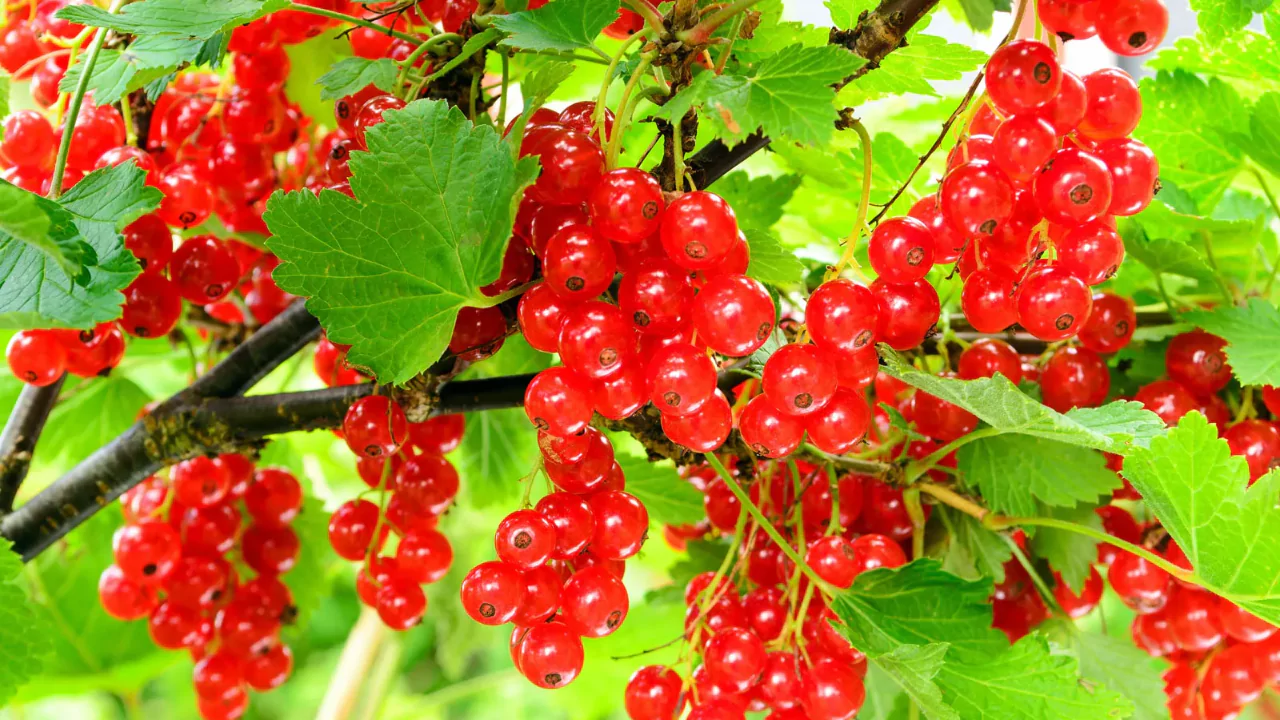
Alpine currant
Adapted to colder climates, this rugged species grows well into USDA zone 3, offering options for cold weather gardens. Dwarf forms make excellent understory garden shrubs.
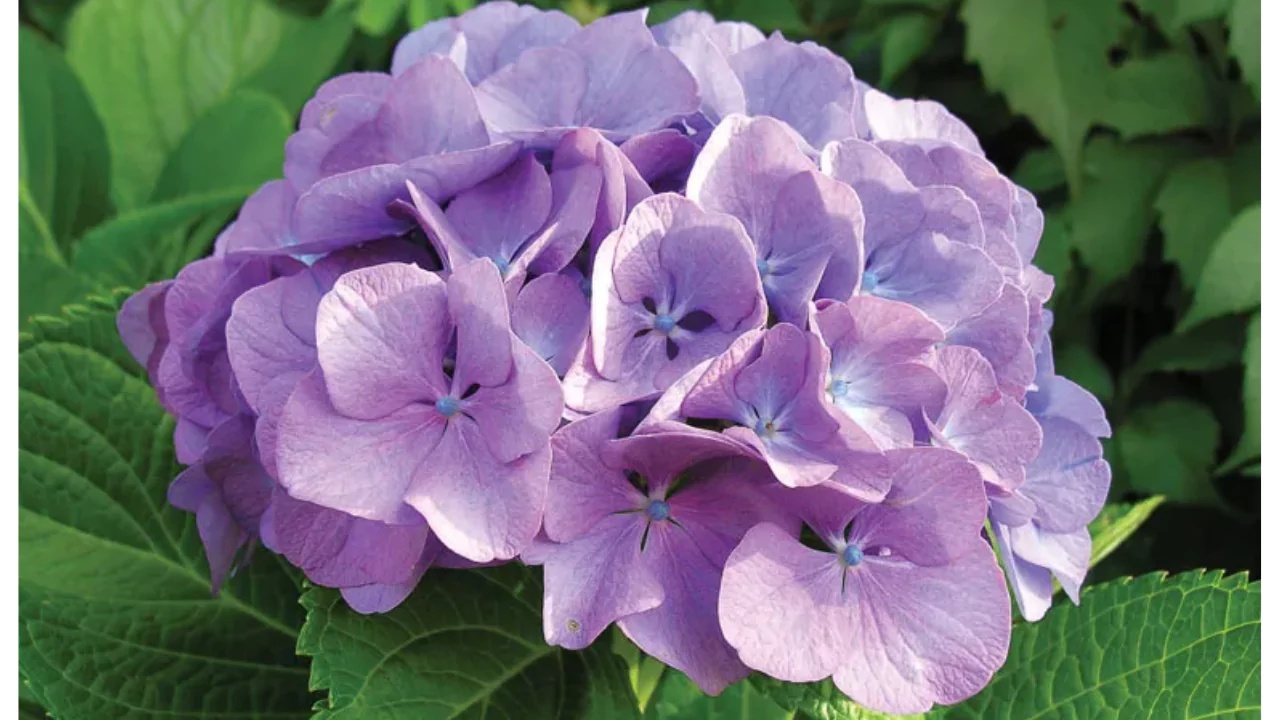
Hydrangeas
While needing consistent moisture, hydrangeas wish to be shaded and prefer shady areas. French and mophead hydrangeas thrive in zones six to nine while panicle and arborescent hydrangeas do better in four and five.
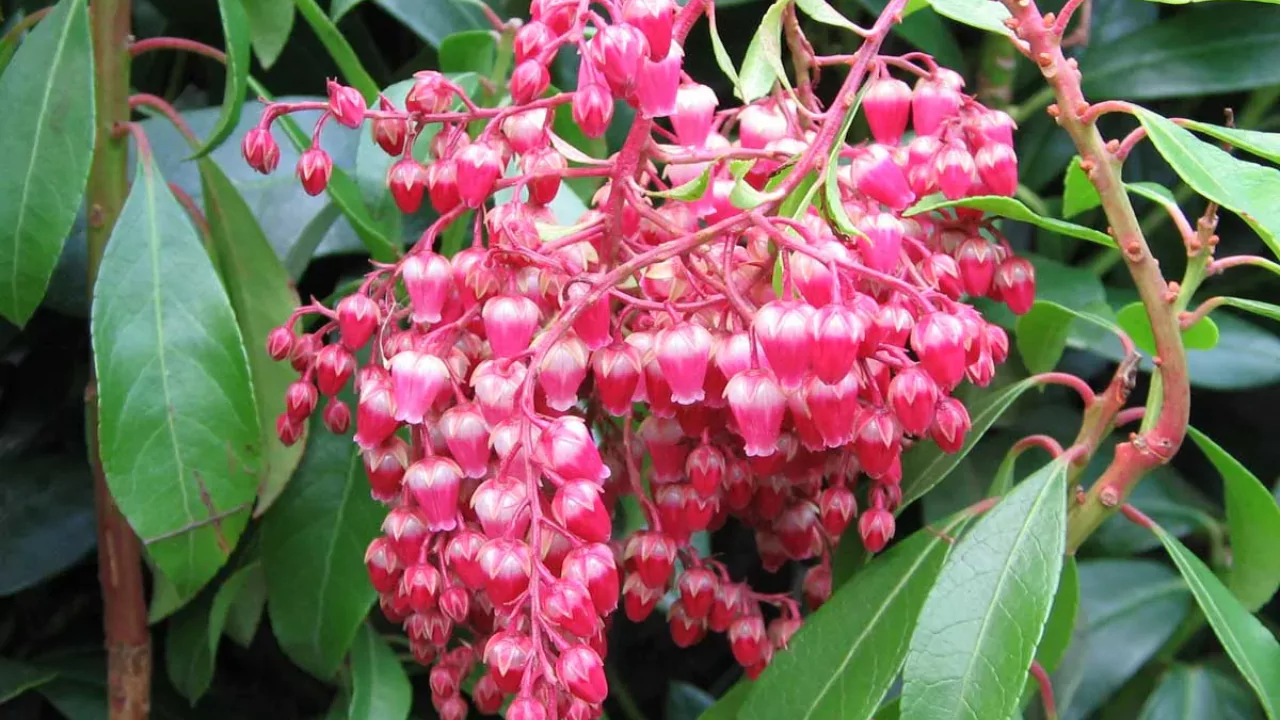
Pieris Japonica
Growing across USDA zones five through eight makes pieris japonica shrubs somewhat common. Native from mountain thickets of eastern China, Taiwan, Japan makes them hardy to these regions.
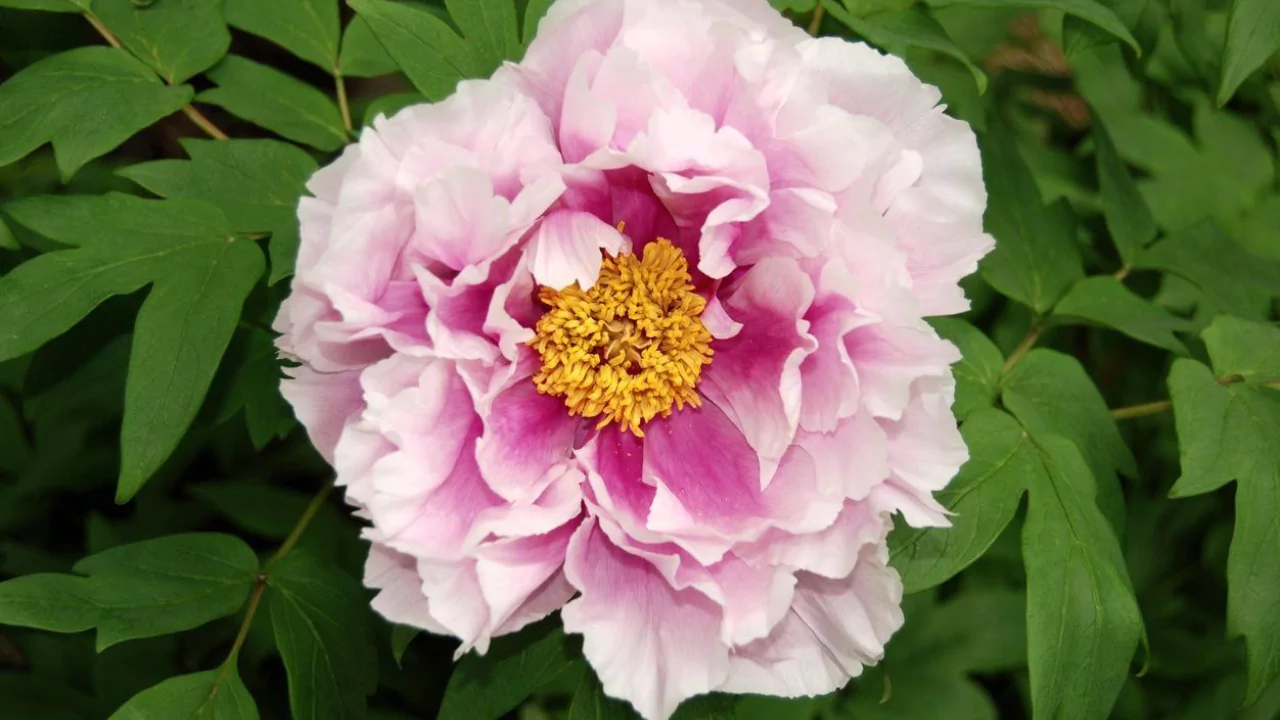
Tree Peony
Like all peonies, Tree Peonies are stunning and their large flowers catch the eye. They are also hardy to USDA zones 4 through 9. Their stems do not die in winter even though the woody shrubs drop leaves, which makes them easier to grow at lower altitudes.
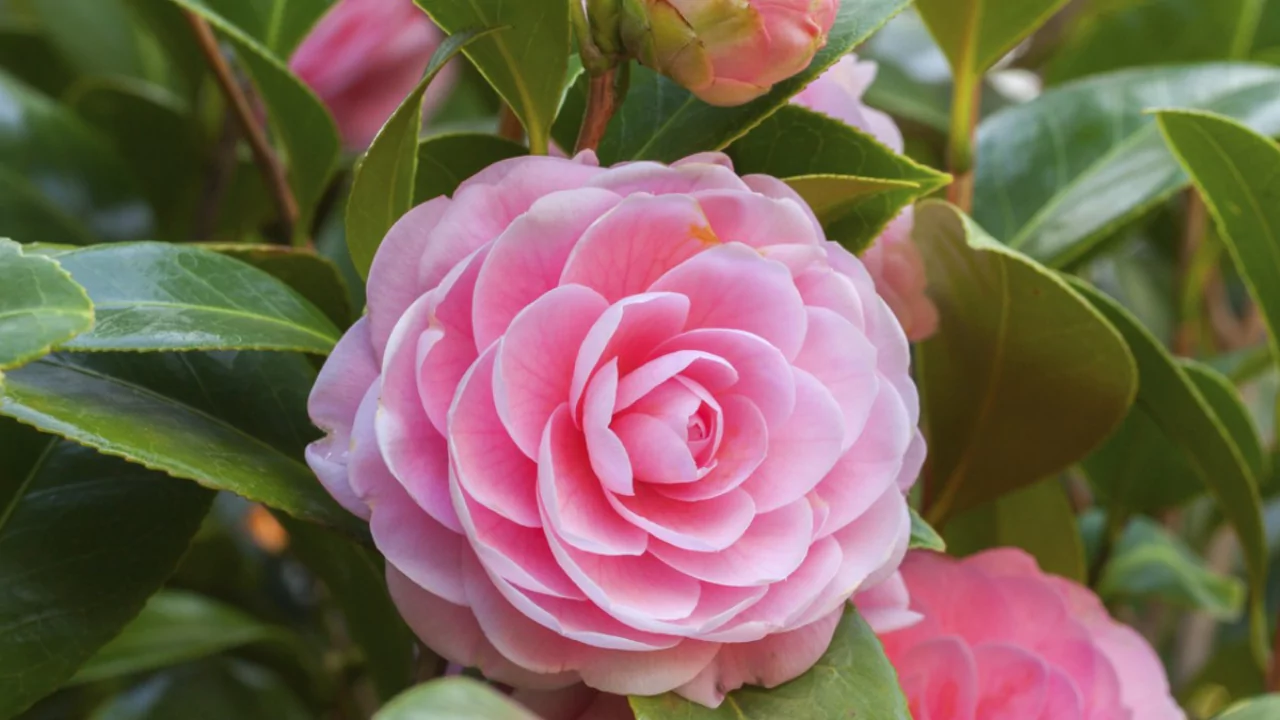
Camellia
Blooming throughout the summer and spreading over a wide area, these flowering shrubs do very well in warmer climates, being hardy only in USDA zones 6 – 9. A true Florida dash.
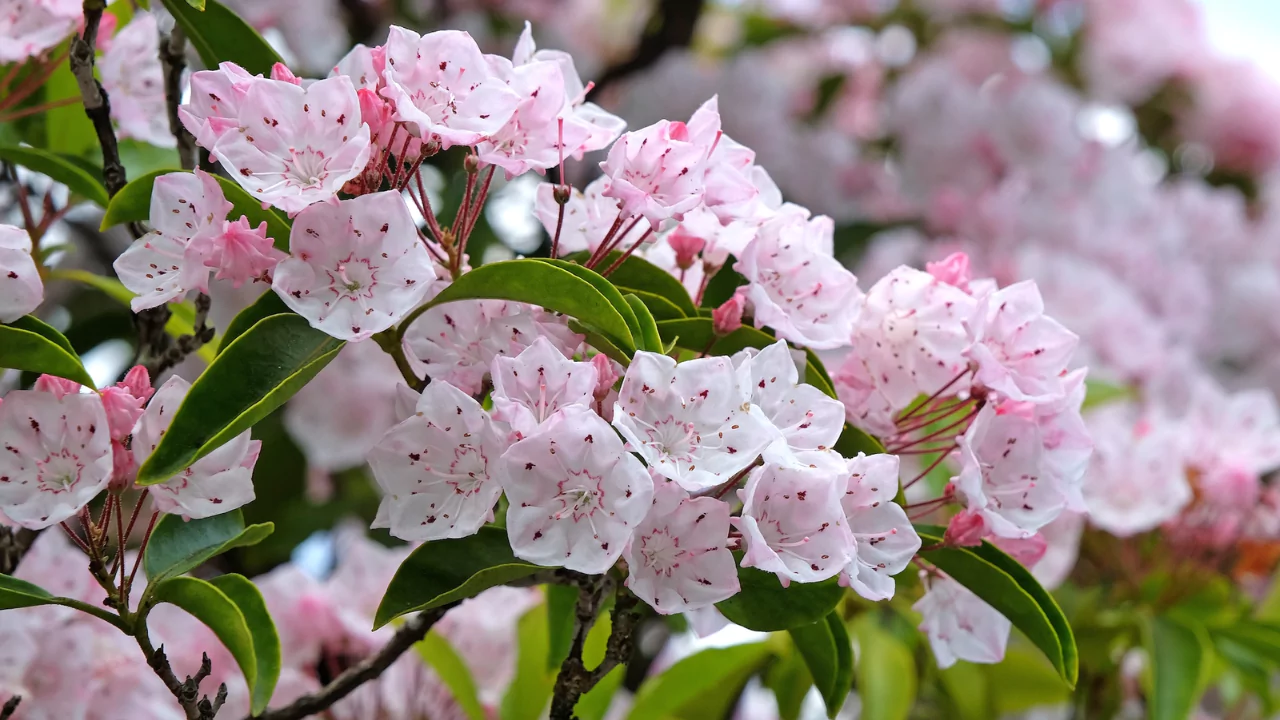
Mountain Laurel
This wood shrub is one of the hardiest mentioned here; with its USDA zones stretching from 4 to 9. Its broadleaf evergreen nature alongside pink-rose-white flower clusters blooming late spring make it especially ornamental

Ninebark
A perennial deciduous shrub, Ninebark has wonderfully unique reddish to dark green leaves. Its name comes as it were bark that could be peeled off in multiple layers.
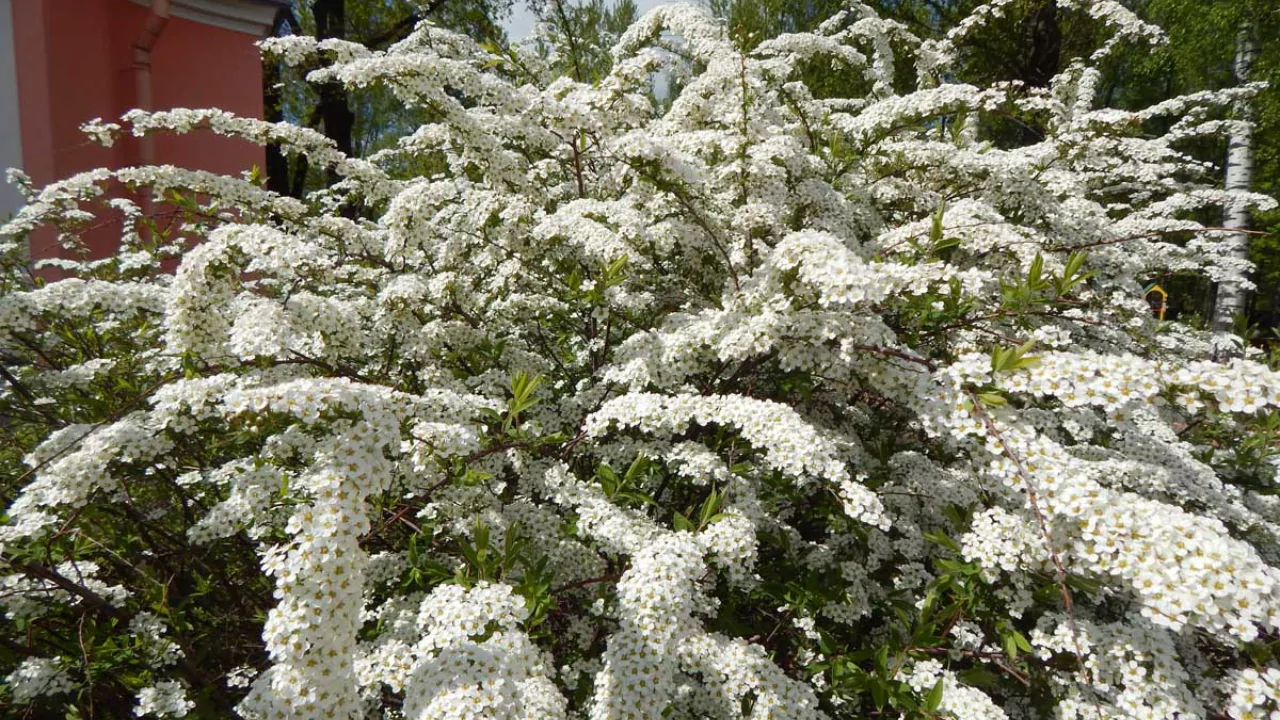
Spirea
Numerous spirea cultivars can now thrive anywhere between zones and temperatures from 3 to 9 – such a remarkable improvement! With thise new cultivars came also vibrant foliage that last through winter too.
2. Foliage Bushes
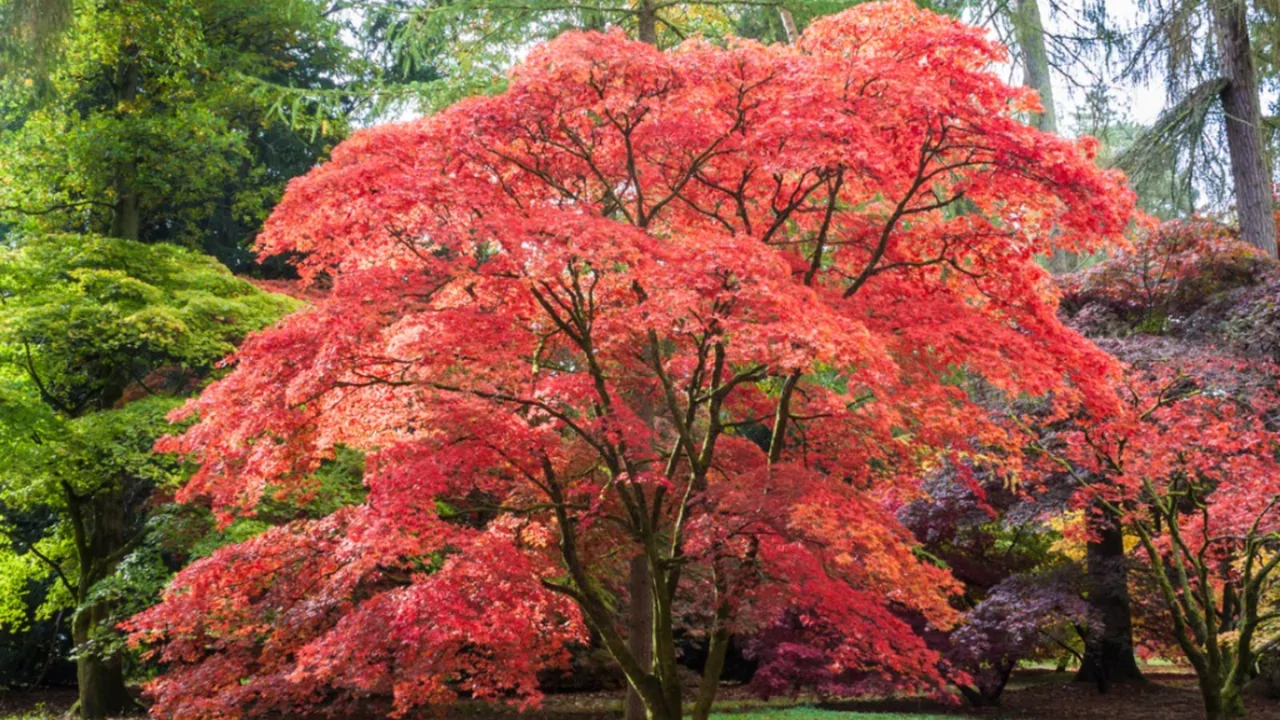
Japanese Maples
It does pass as a tree but Japanese maples can be found in so many smaller tailles that classifying them as trees feels downgrading these days.
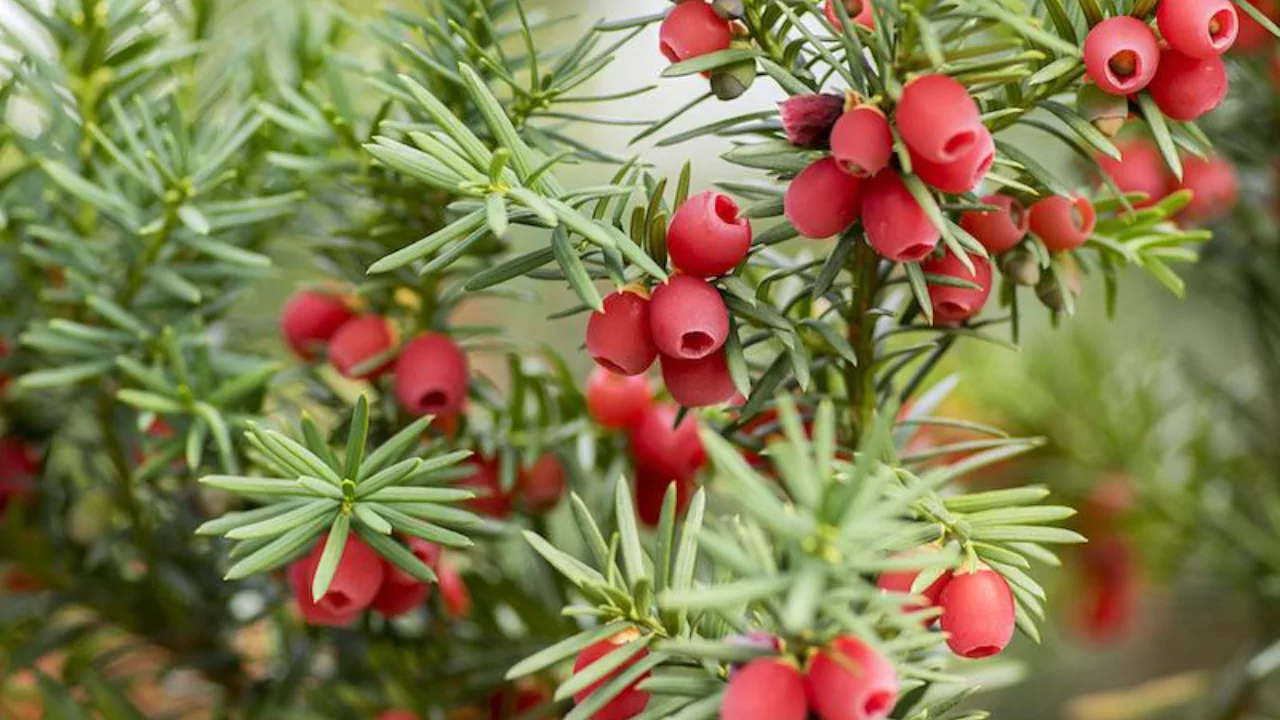
Yews
Great for hedging borders or walking paths, Yews do have their dominance on height – ranging anywhere from eight up to sixty-five feet tall suggesting they don’t lack versatility.

Alpine Currant
The alpine currant mostly occurs at high elevations. As low-maintenance shrubs, they have limited ornamental value. However, they are appreciated in the garden for their dense green foliage and shade tolerance.
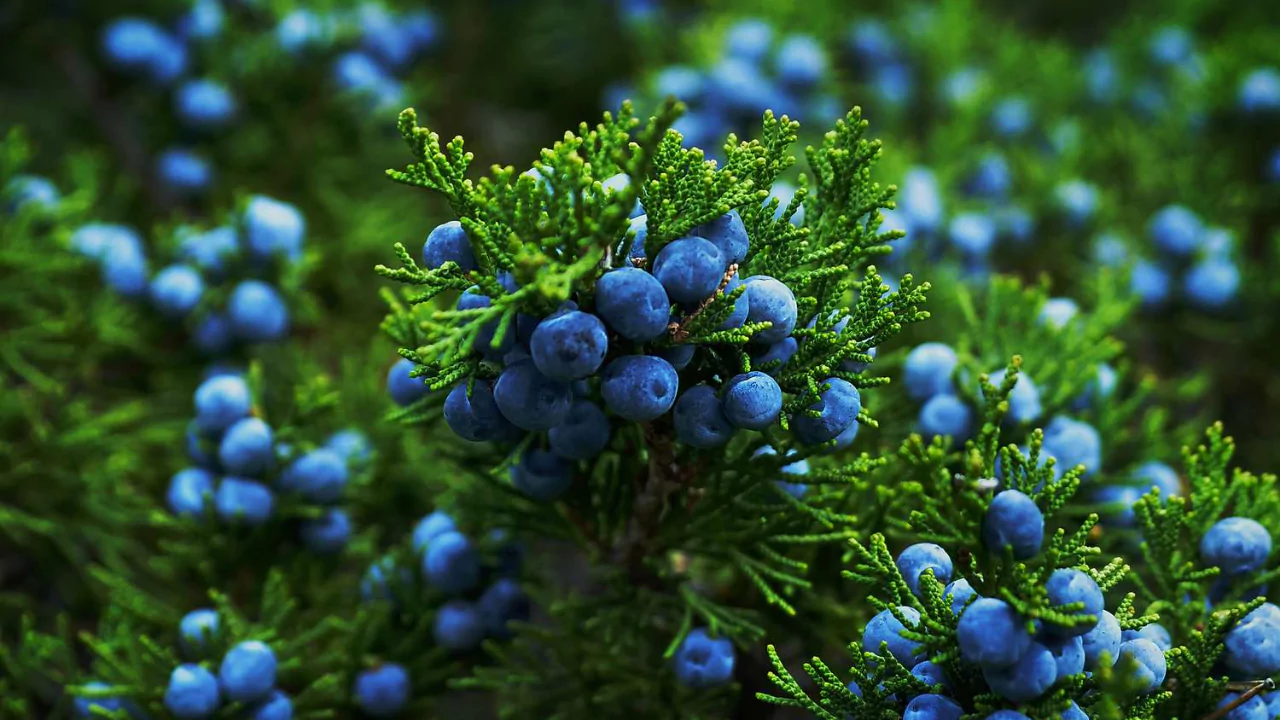
Junipers
In the Cypress family alone, there are over 60 different species of Juniperus. With so many varieties, there is a suitable juniper for every garden.
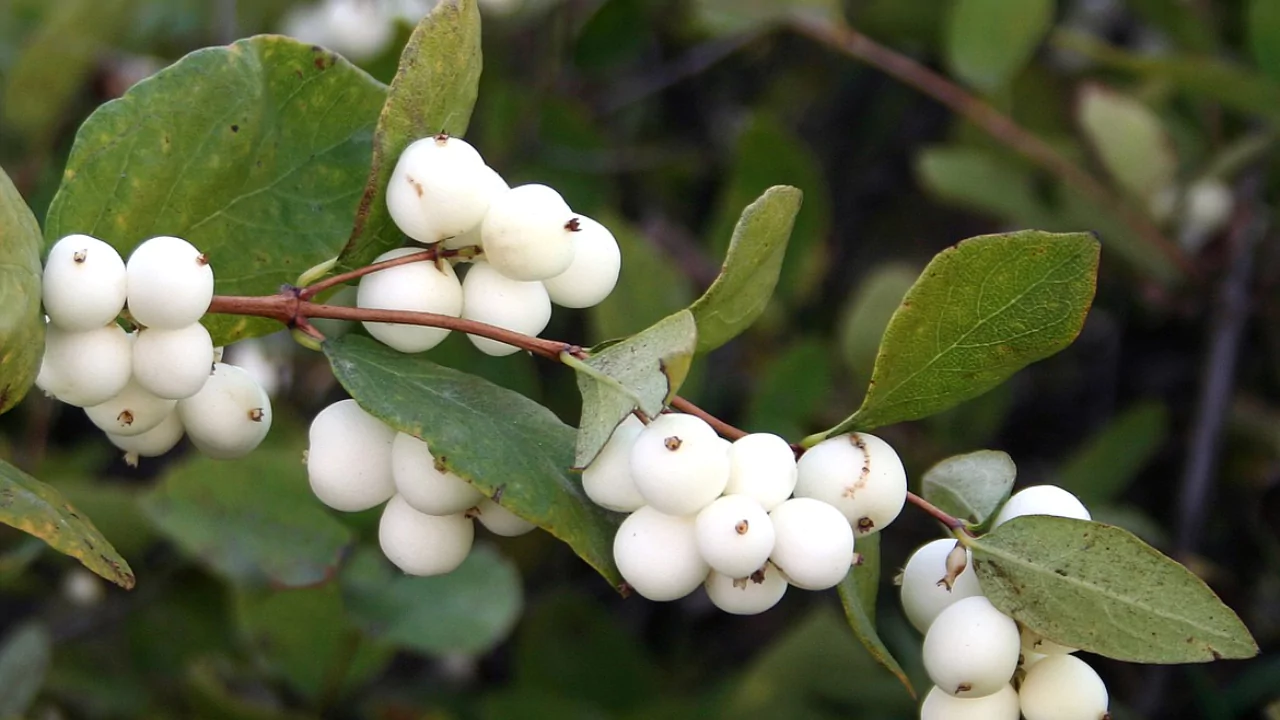
Snowberry
There are approximately 15 species of snowberries, which are a type of shrub. They exhibit ring-shaped white blooms during spring and produce globe-like white berries that last from early autumn to late winter.
3. Groundcovers
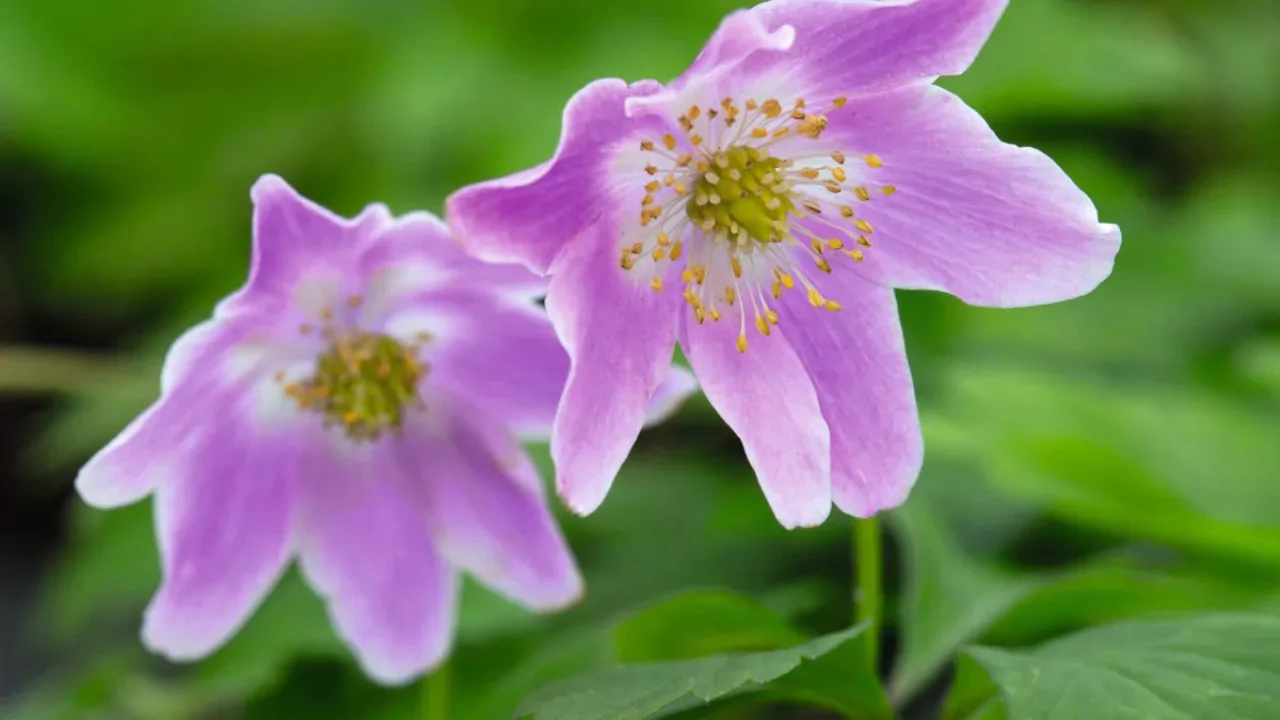
Anemone
Anemone flowers can be seen in bloom during spring and fall, which makes them exceptional as ground cover plants, particularly for those seeking colorful showy foliage through a variety of blossoms and even double flowering in many species.
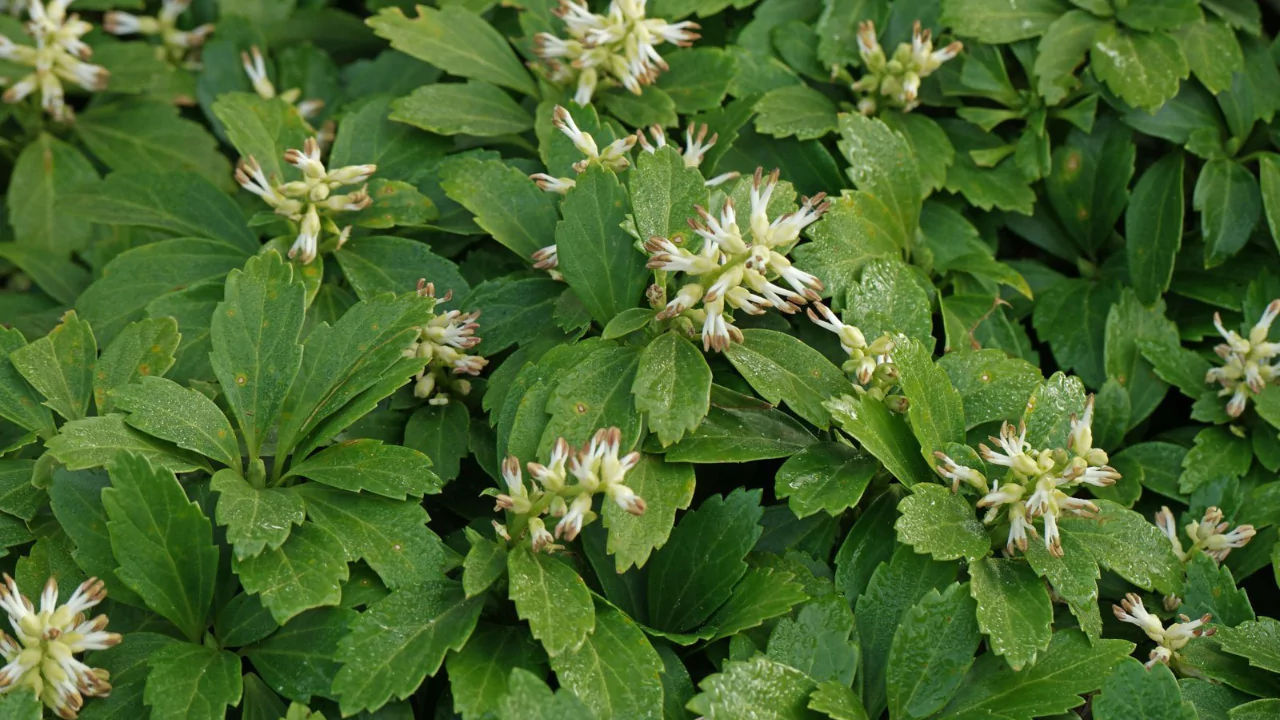
Japanese Spurge
As an evergreen perennial that belongs to the boxwood family, this plant is loved for its dark leathery leaves although it does bear white flowers in spring.
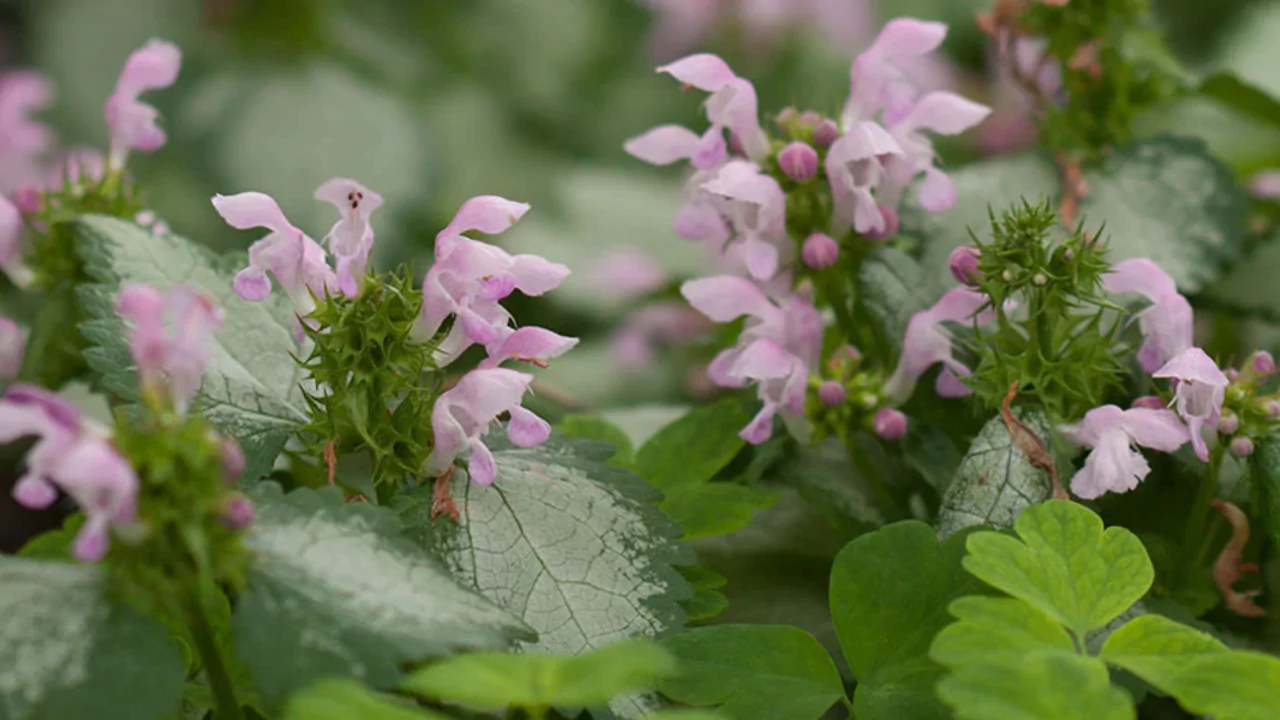
Lamium
Notable for being vigorous yet non-invasive, Lamium brightens up shaded regions with its stunningly small flowers that come in white, pink, and purple hues.

Lily of the Valley
With its pleasant scent and elegant appearance, Lily of the Valley is a pretty but very invasive plant. Moreover, in addition to being attractive, it has the downside of being toxic to both animals and humans.
4. Perennial Plants

Wild columbine
Wooded orange cups fill meadow areas along woods where wild columbines grow. These plants, which are the state flower of Colorado, boast delicate flowers alongside a rugged disposition. As short-lived perennials, they are drought resistant once established and easily reseed themselves.
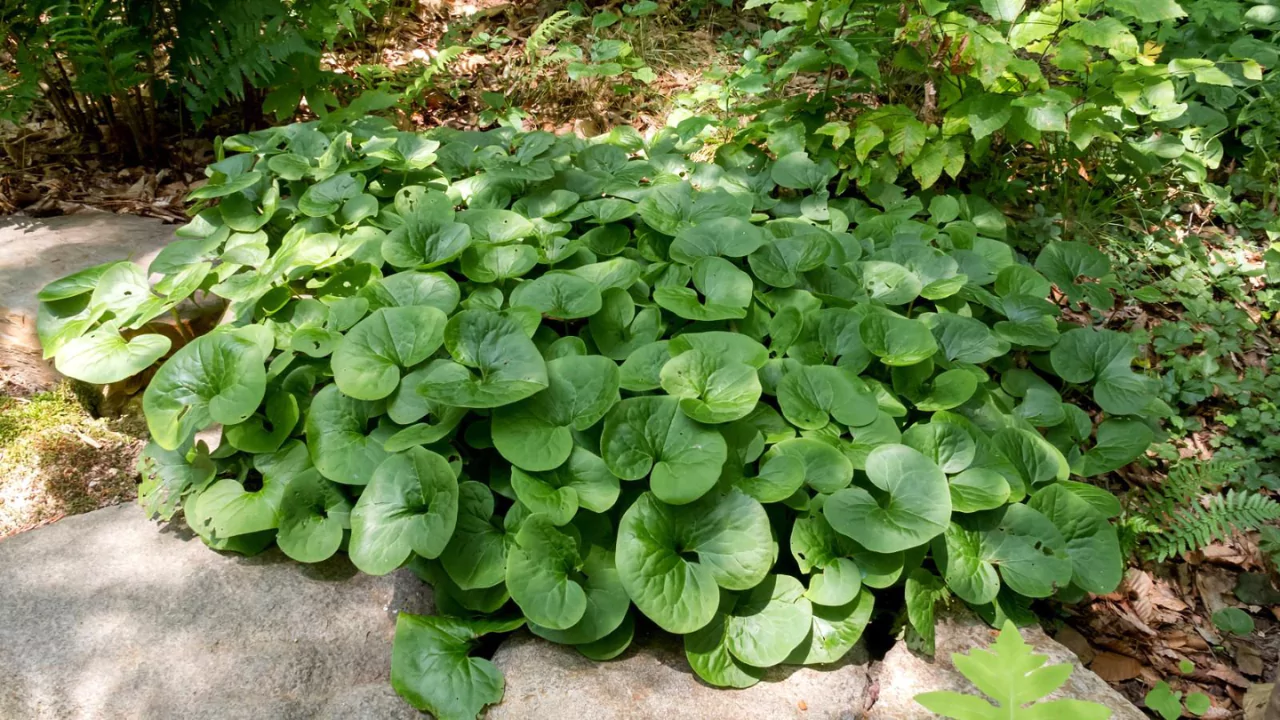
Wild ginger
Also known as May-apple, this herbaceous perennial does best in moist soil with some shade helping it spread quickly for those looking to or needing planted greenery in shady gardens. Its heart-shaped leaves cover the ground and provide exceptional erosion control while retaining moisture.
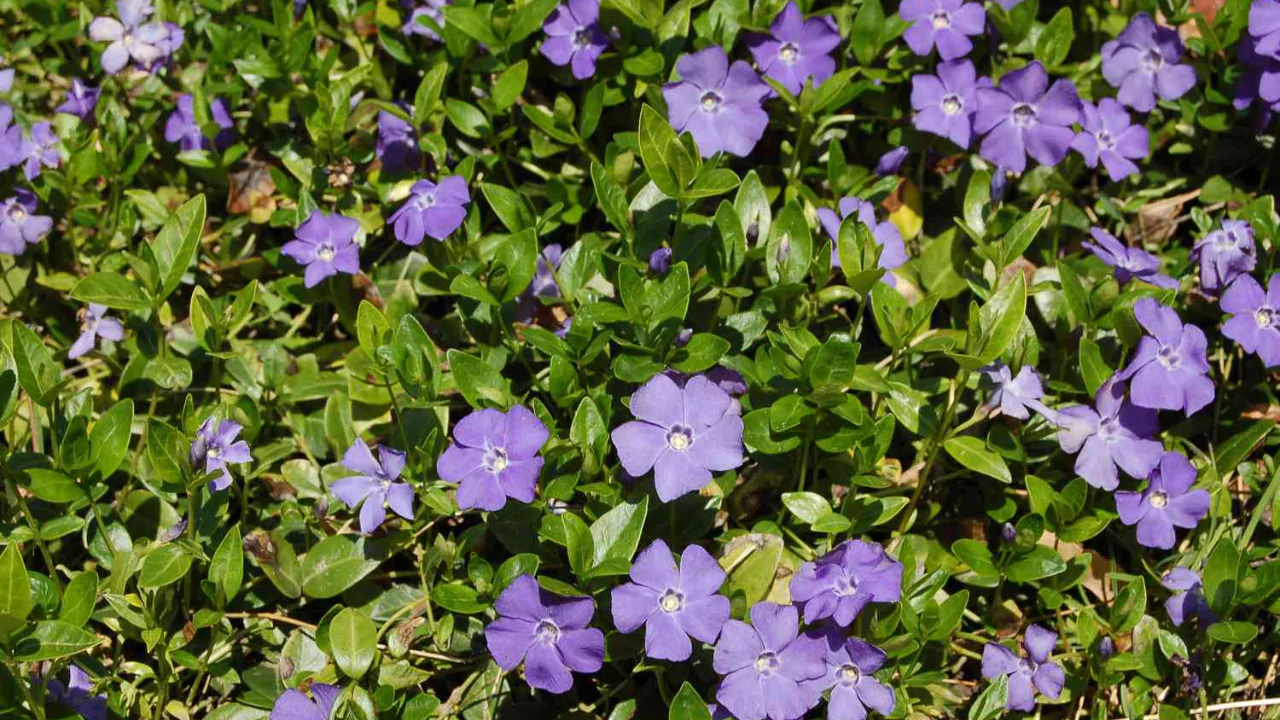
Vinca
This flowering perennial will grow vigorously in full sun as well as partial shade areas that receive dry through moist conditions.
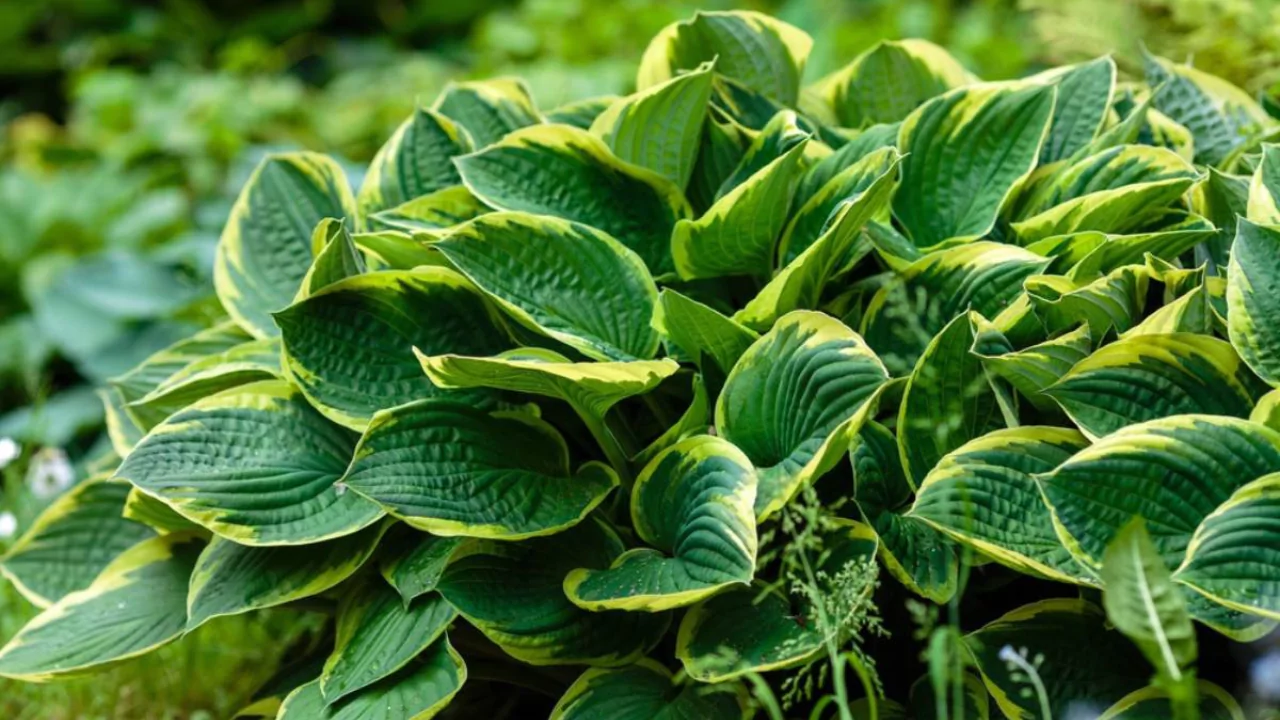
Hosta
While not extremely tolerant to droughts like Hostas are, these shaded border plants do flourish more with consistent watering and hydration.Versatile throughout many varieties and pleasing to eye,s flourish best under shaded areas that shine through mechanically.
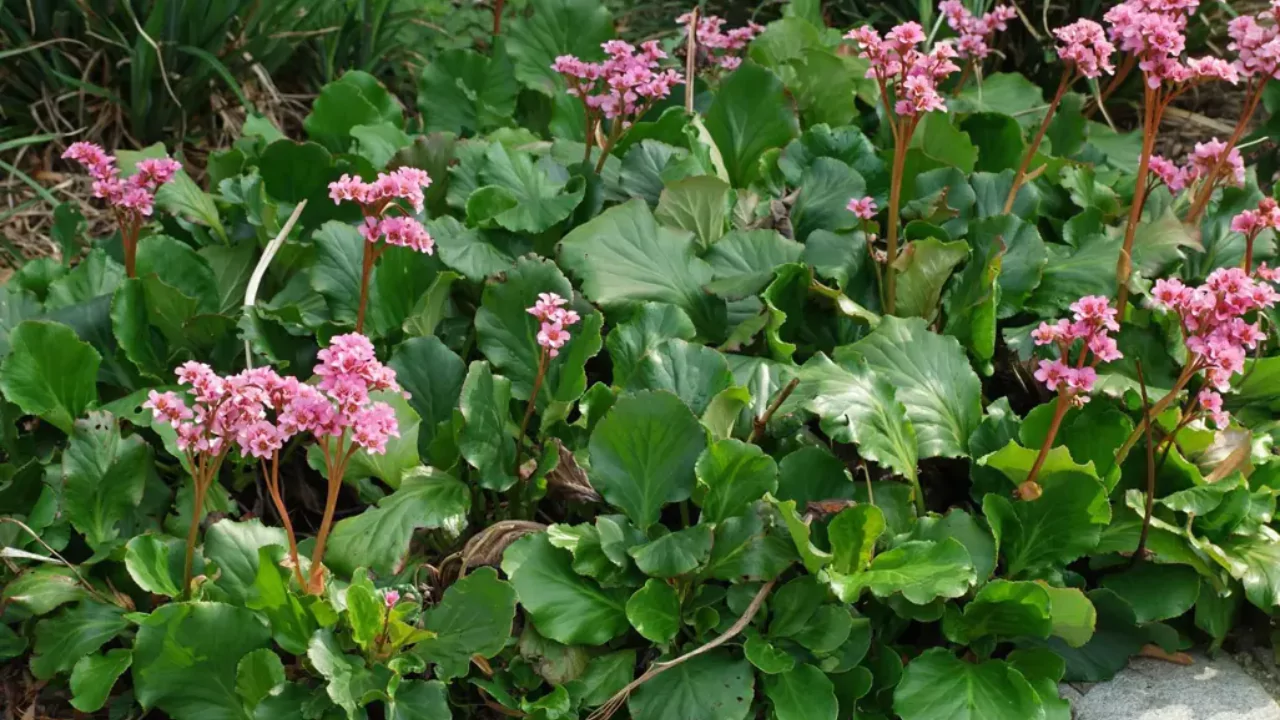
Bergenia
A clump forming perrenial predominantely utilized for ground coverage which provides large shiny greenish leaves coupled with vibrant flowers is sought after but need maintenance attention blossoming only under providence zone climates 3-8
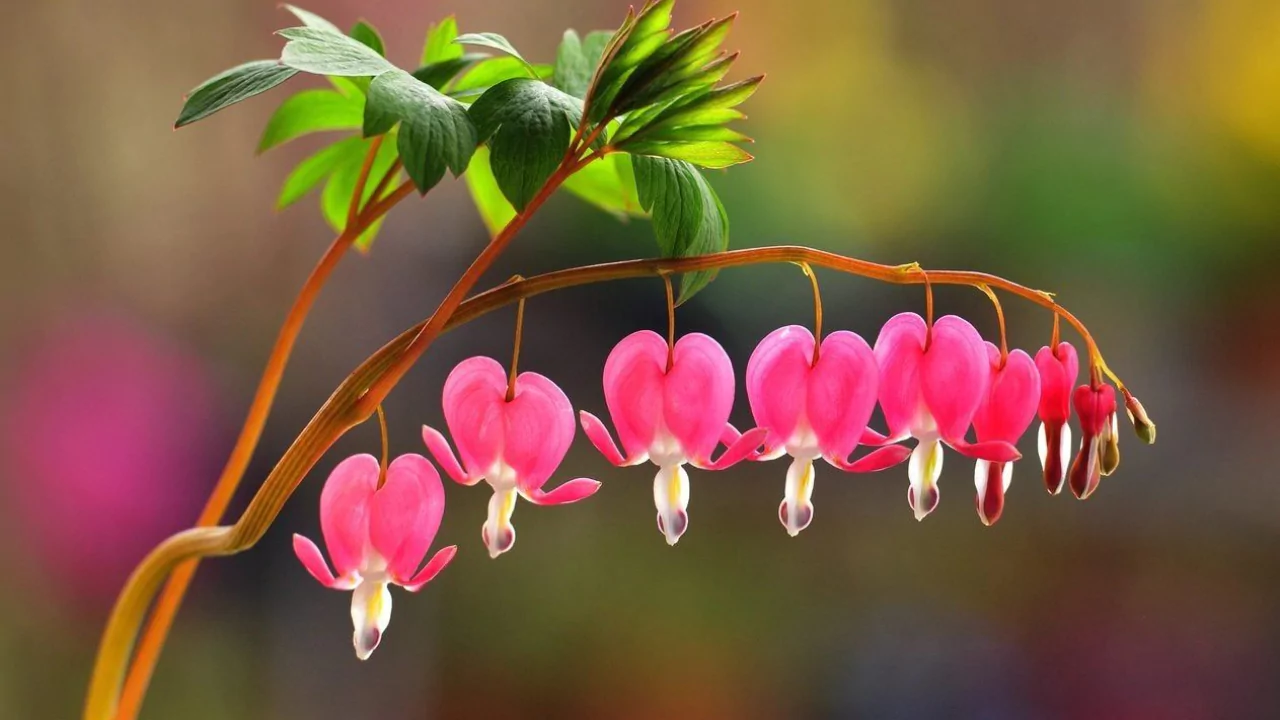
Bleeding Heart
The glory of the bleeding heart flower blooms lies in their shape, which resembles a heart. If you’re looking for a spring floral show-stopper then this is your choice.
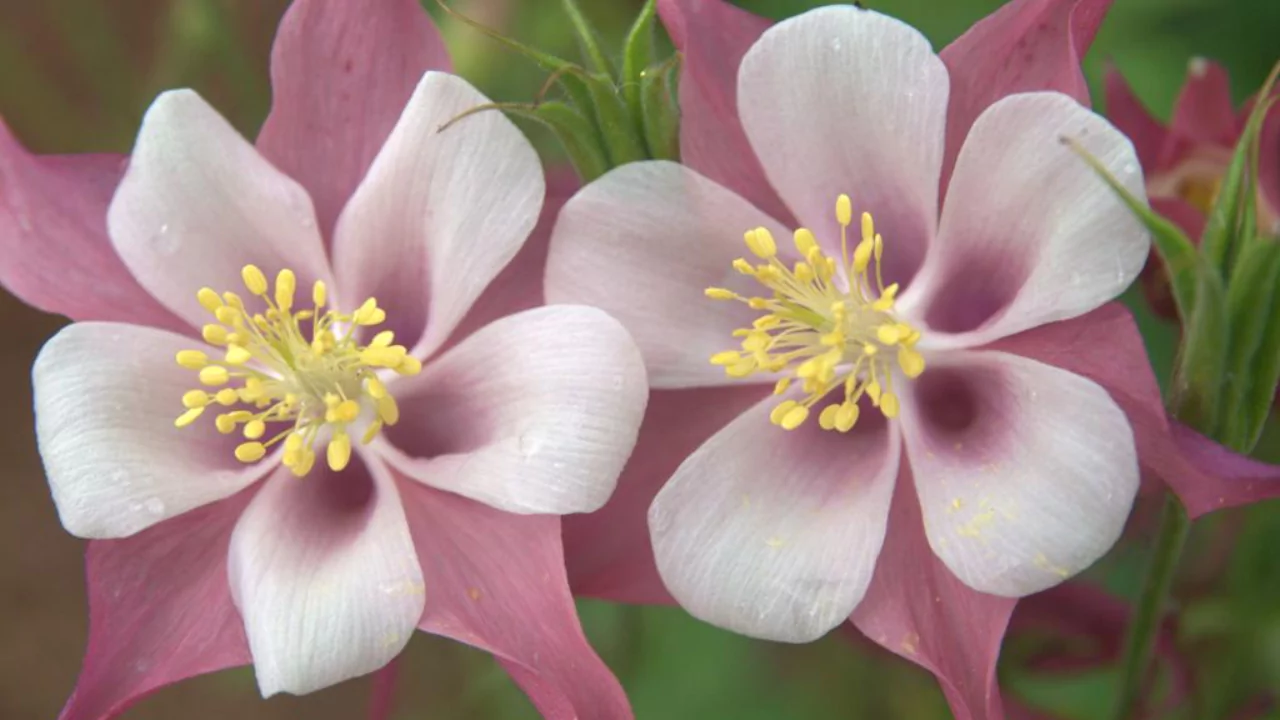
Columbine
Another name given to the Columbine flower is herbaceous perennial flower, due to it bearing herbs with shrub like features. They are availabe in various bold colors such as red , white, blue, pink ,salmon ,purple and yellow. Some Varieties can even display more than one color at once.
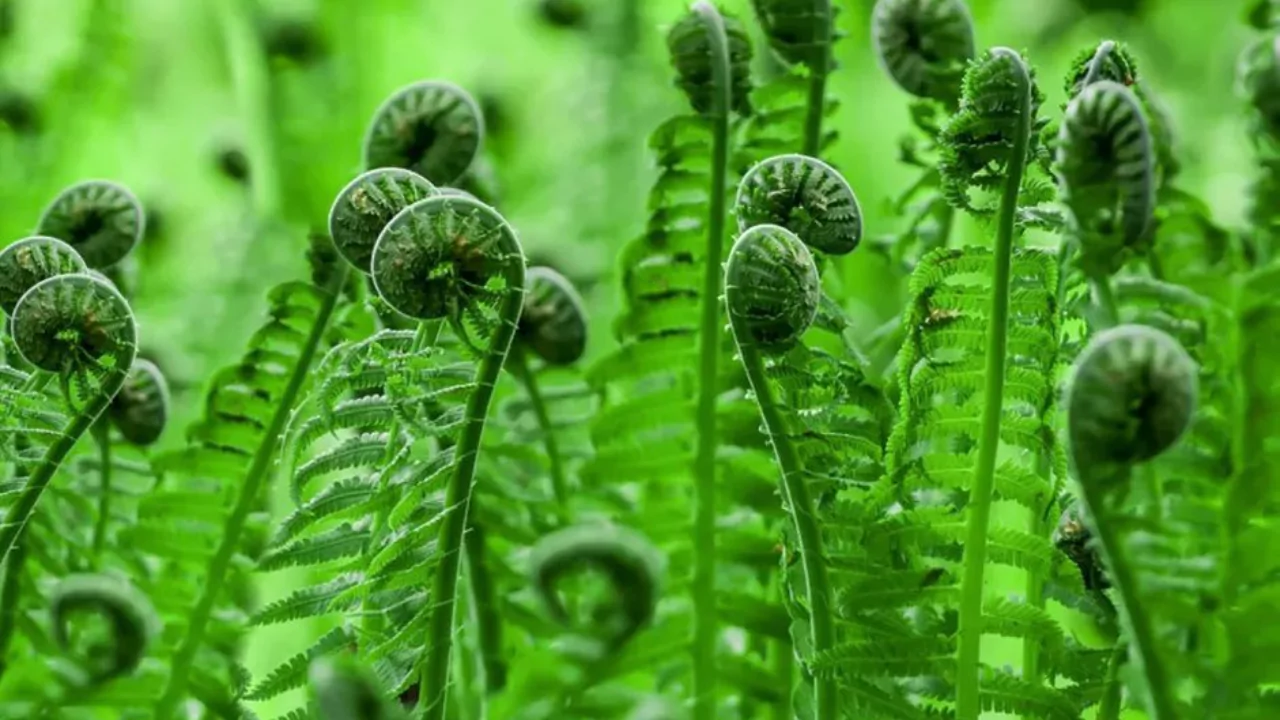
Ferns
Creeping ferns are some of the many types of ferns available on earth. These types serve as perfect groundcovers for shady areas. Ferns are cultivated for their eye catching green foliage which come in unusual shades of lime green.
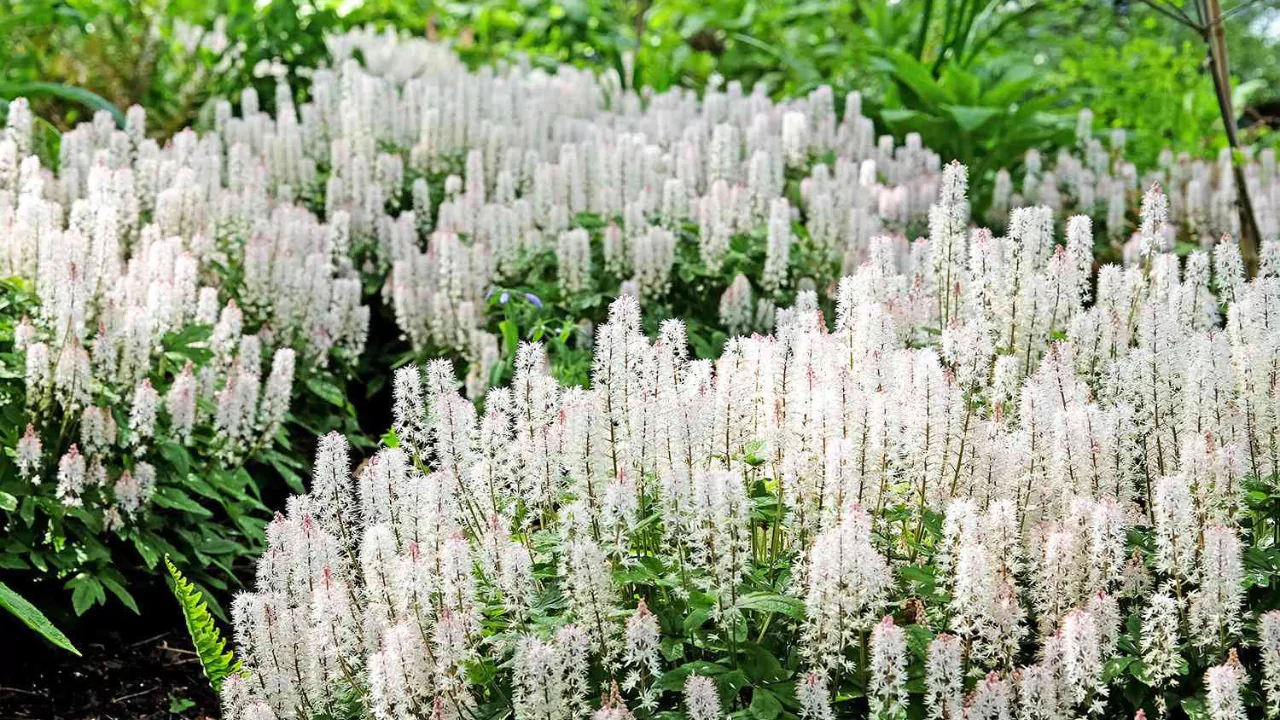
Foam Flowers
Small pink flowers that grow from a single stem or node are known as foam flowers. These shade-loving plants tend to foam flowers has shown great bloom performance over the years without much sign of decline unlike other similar shade-loving species.
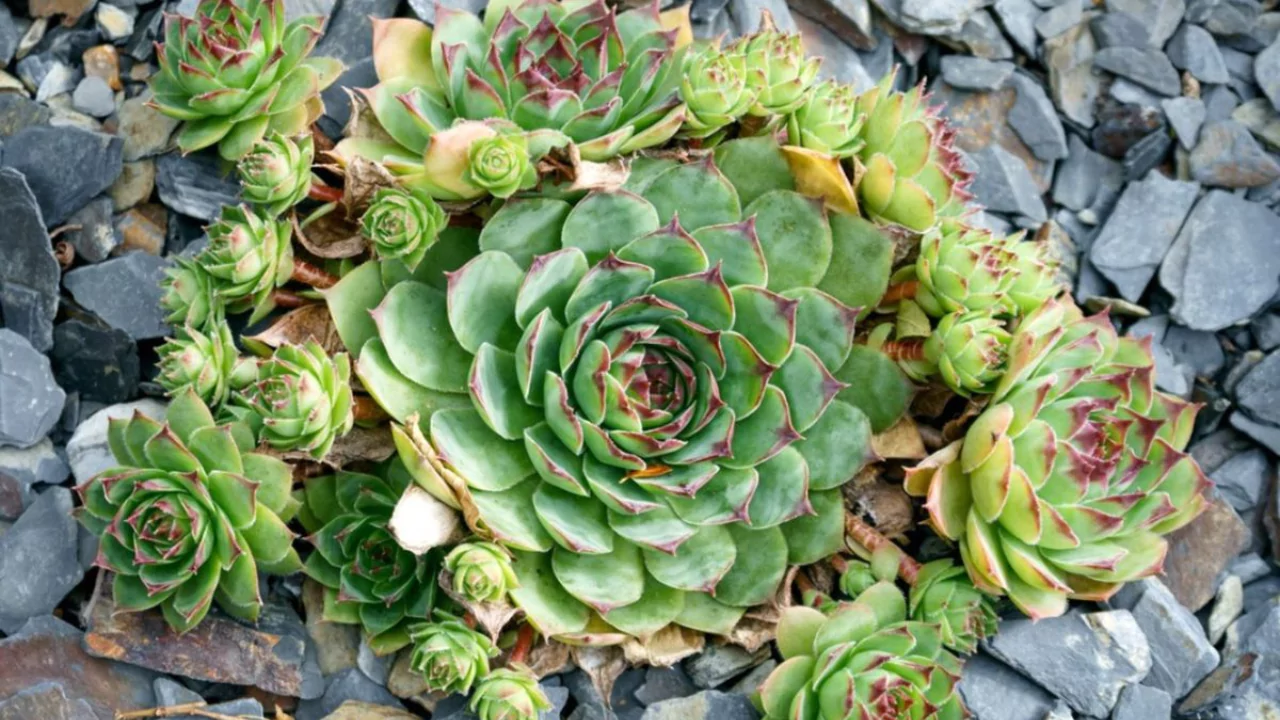
Hens & Chicks
If you want something hardy from USDA zones 3 through 11 then look no further as Hens and chicks bring variety to woodland areas too helping succulents thrive under shaded gardens, which do not require sunlight . These were especailly designed for these southern states.
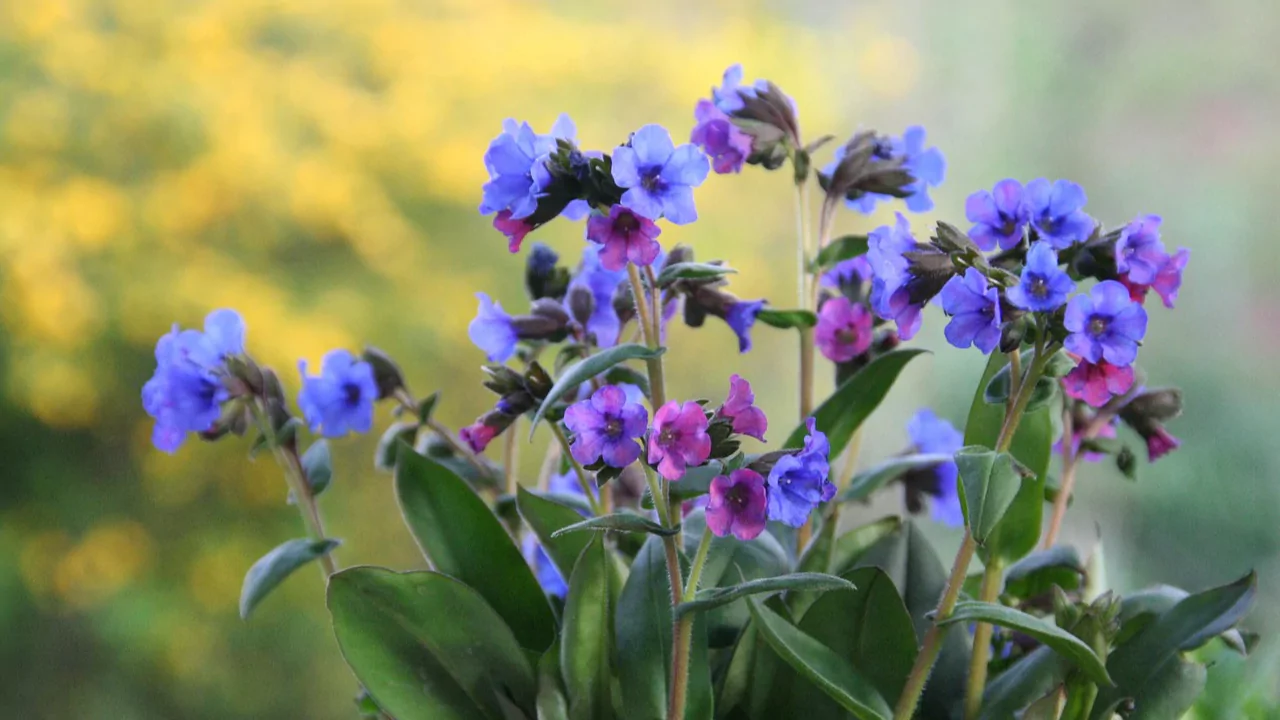
Lungwort
Pulmonaria better known as lungwort is one of the earliest spring perrenials to bloom lungwort offers numerous beauty benefits.Gardeners love them for their bright attention seeking blooms that cone in blue,white and eye popping pink florals
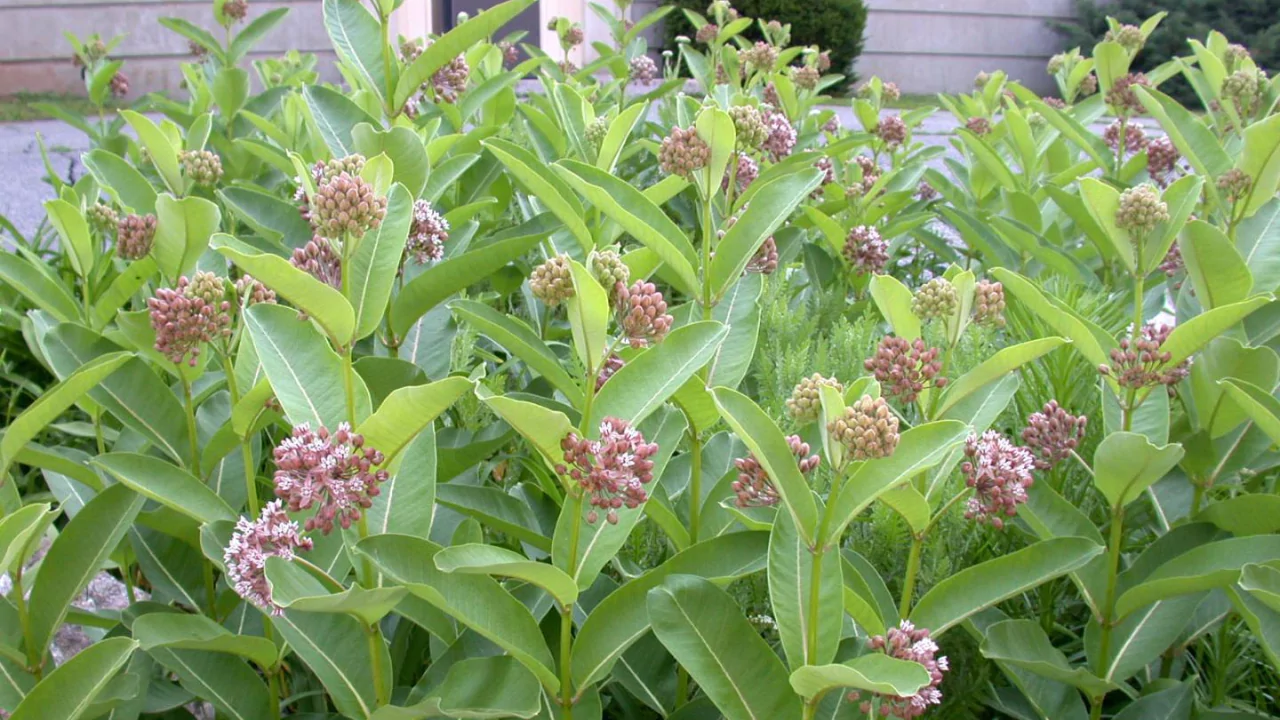
Milkweed
The bloom period for milkwood starts from late spring until summer along with the white sap to the sticky sap excreted by the plants. The flowers covers a wide range of colors and also has a wonderful smell. As a result, they receive a lot of butterflies, birds and other animals.

Sedum
With more than 600 species, sedom or stonecrop is also a type of succulent plant. Given this number of varieties, it brings about new ideas in garden that fit any garden design imaginable.
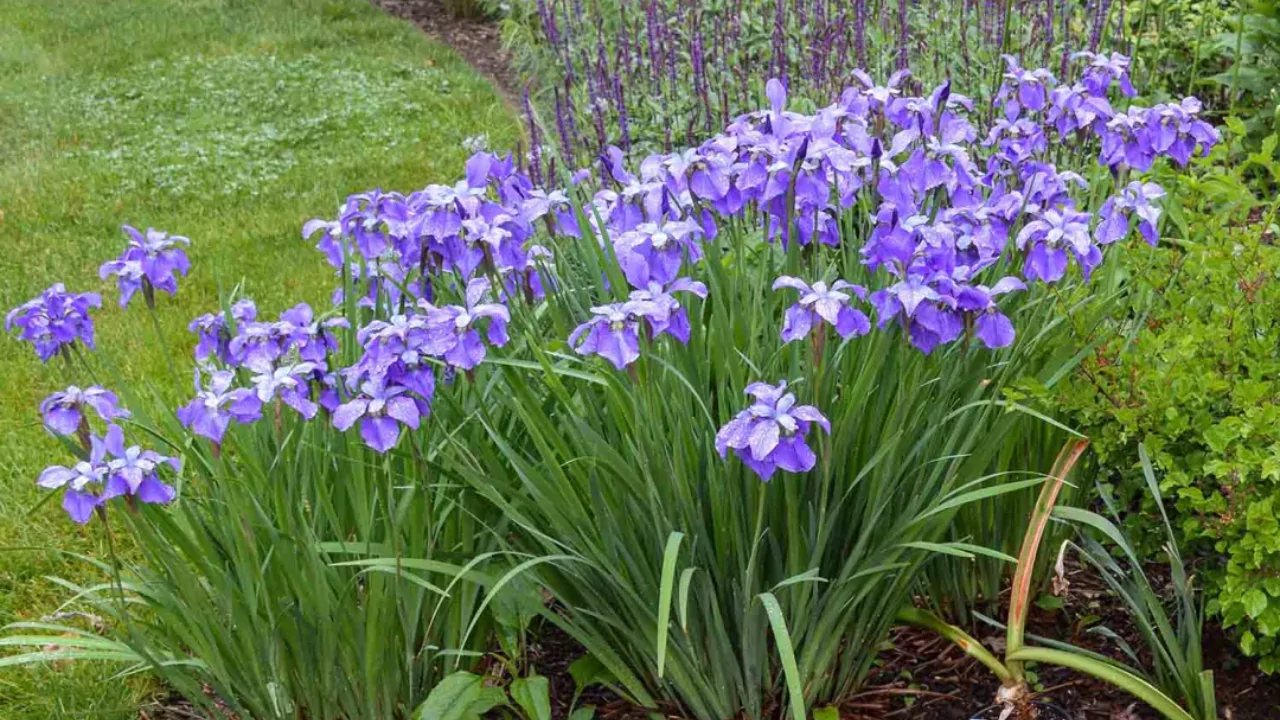
Siberian Irises
The siberian iris is an example of rhizomatous herbaceous perennial which is native to Europe and Central Asia. It also hardy to USDA zones three through eight.
5. Annuals
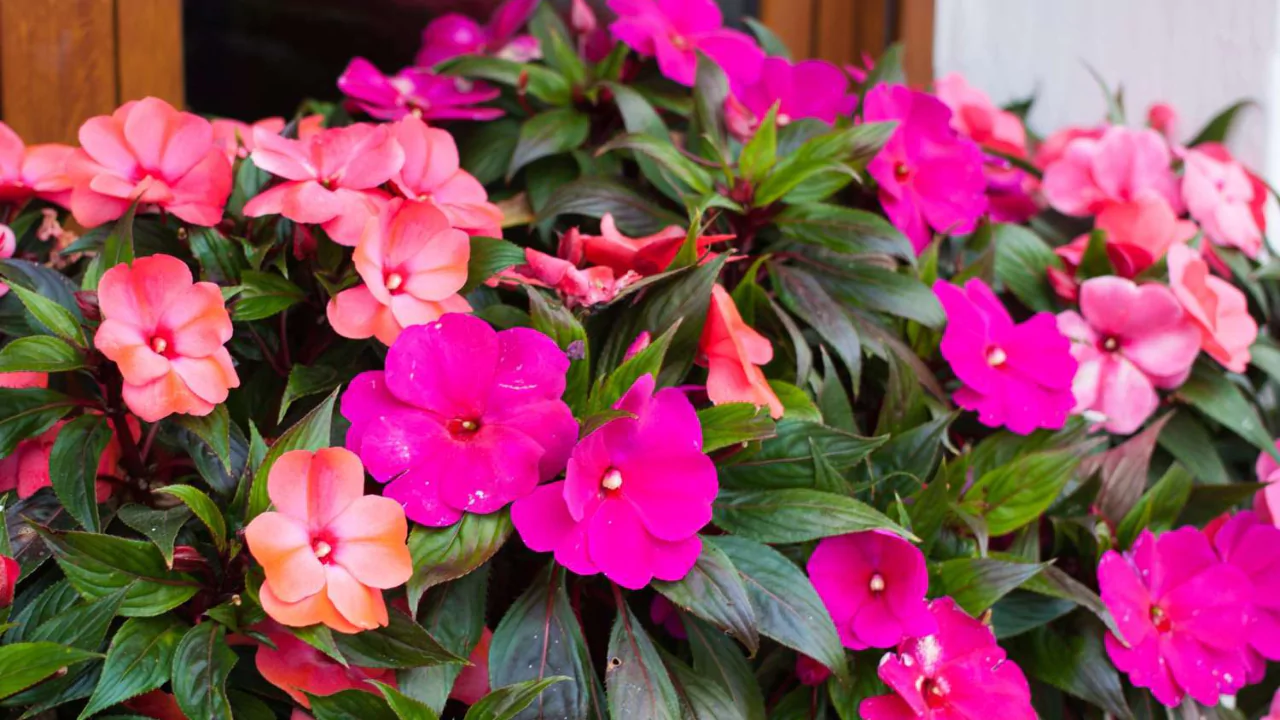
Impatiens
As a heat tolerant deep shade plant, profound underplanting annual impatiens needs abundant hydration alongside ample doses of fertilizer to grow well.
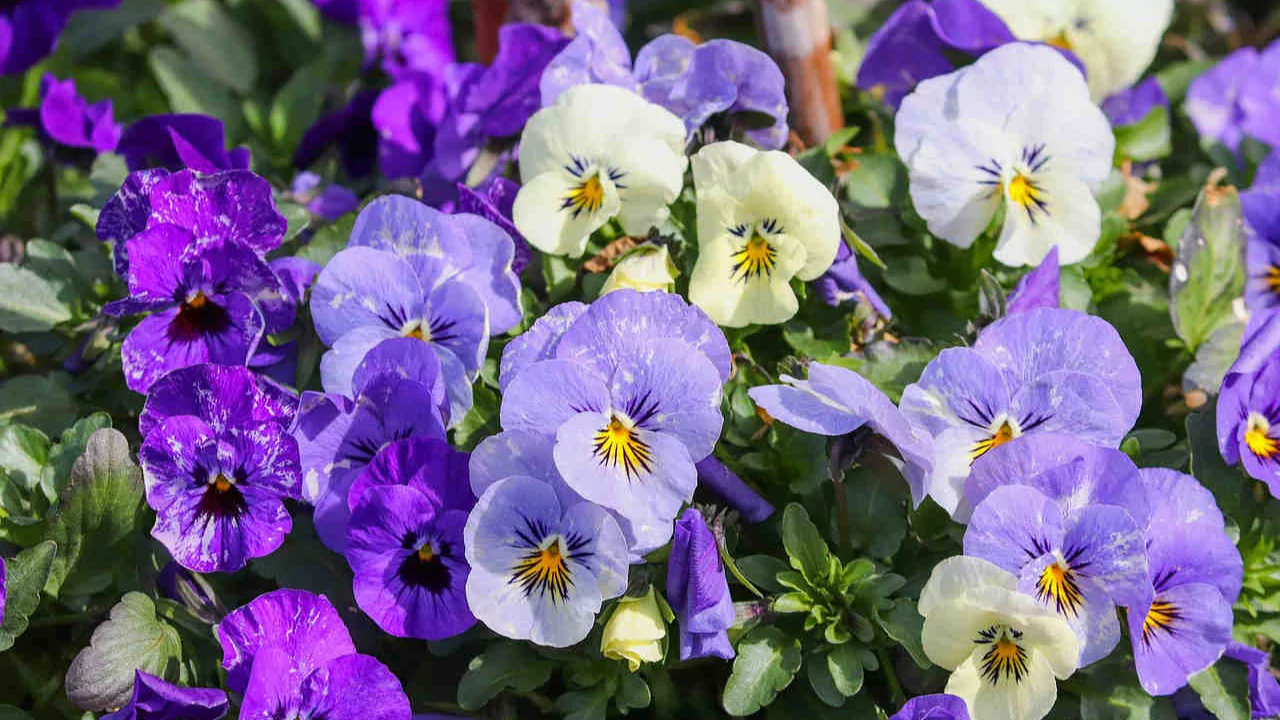
Pansies and violets
Pansies and violets Both pansies and violets are good understory bloomers before shade trees leaf out and enjoy full sun. When out of sun warmth, their flowering occurs before and after shade .

Begonias
From USDA zone seven to eleven, Begonias do best in damp soil together with white orange pink or yellowed companion blooms .
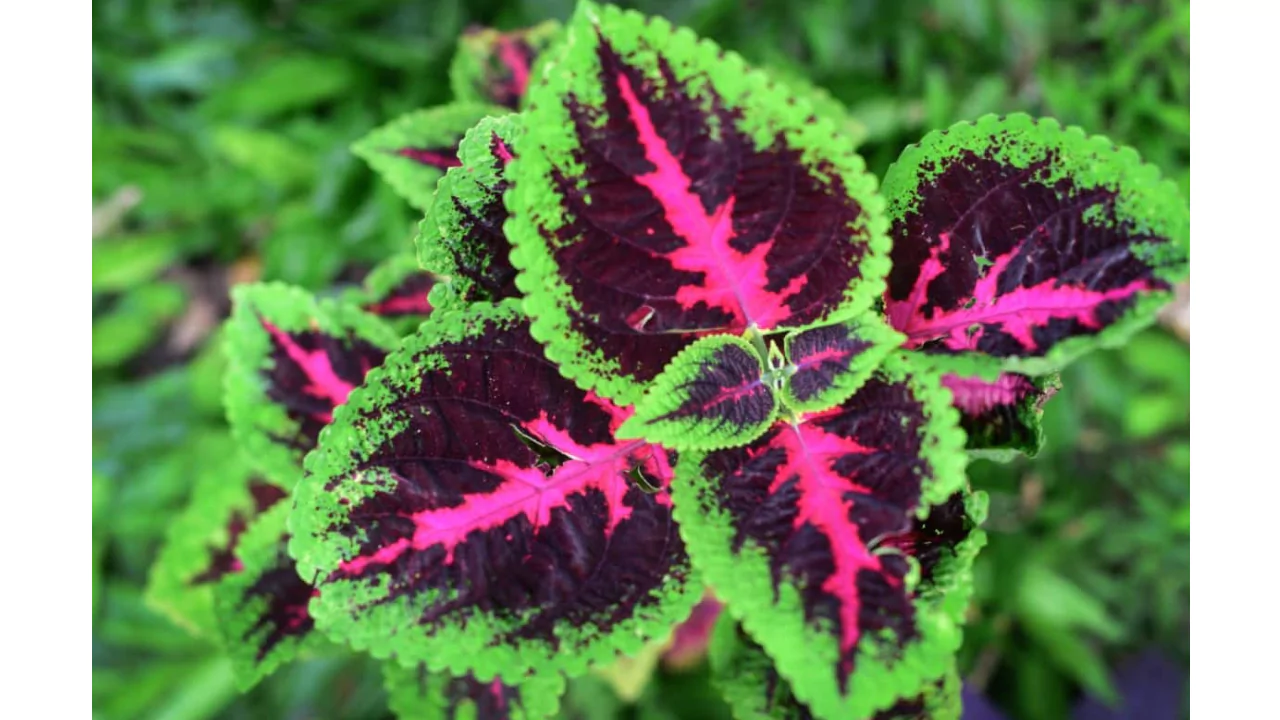
Coleus
Few plants are as colorful throughout the year as a coleus. Hardy only in USDA zone 11, the coleus is particular about its environment. Although it flowers during the growing season, the blooms are preemptively pinched off to ensure all energy goes toward achieving maximum bushiness.
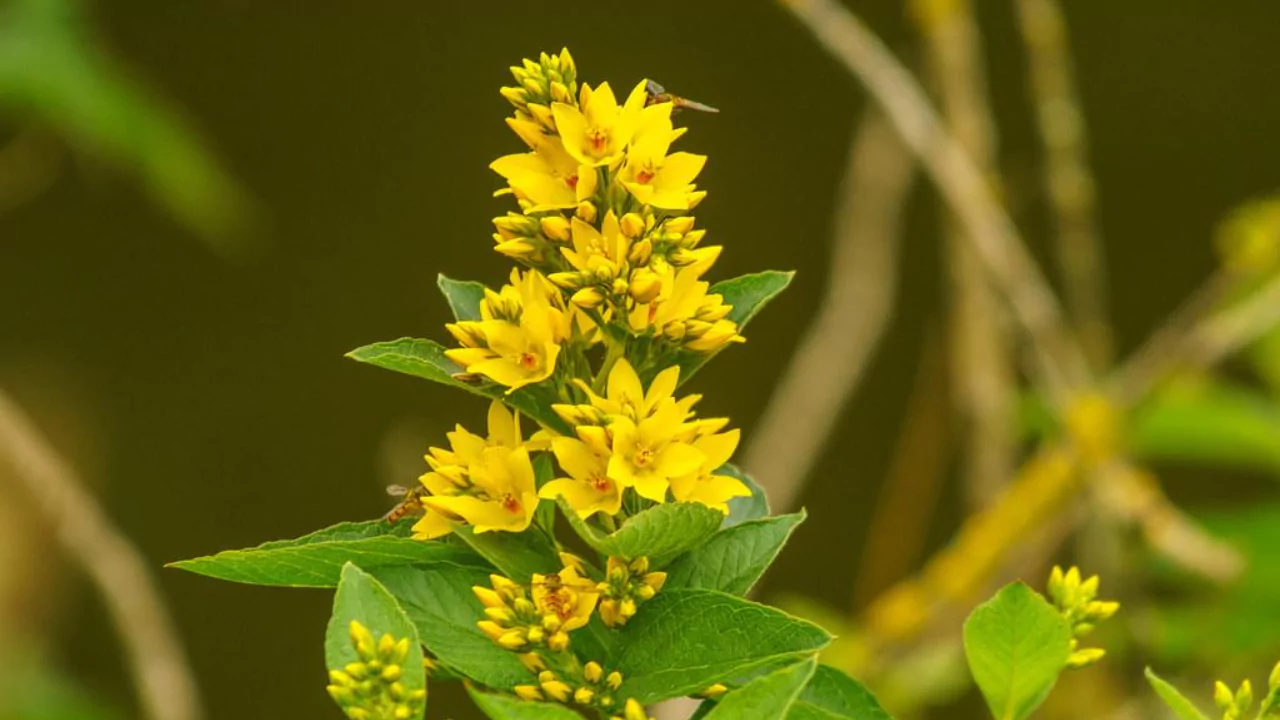
Lysimachia
Found in Russia and parts of Asia, Lysimachia serves as both an attractive and easy-to-care-for ground cover plant. This aggressive grower does have some more well-mannered varieties as noted above.
Practices for Healthy Shade Plants
Selecting plants with good ground coverage is only part of gardening skills mastery.
To be able to enjoy foliage and flowering perennials every year, one has to consider a multitude of factors.
You can find a plethora of resources to help you:
- Locate proper plant materials for dull shade gardens.
- Learn about most plants such as their shade class and moisture needs.
- Get appropriate tools for effective gardening.